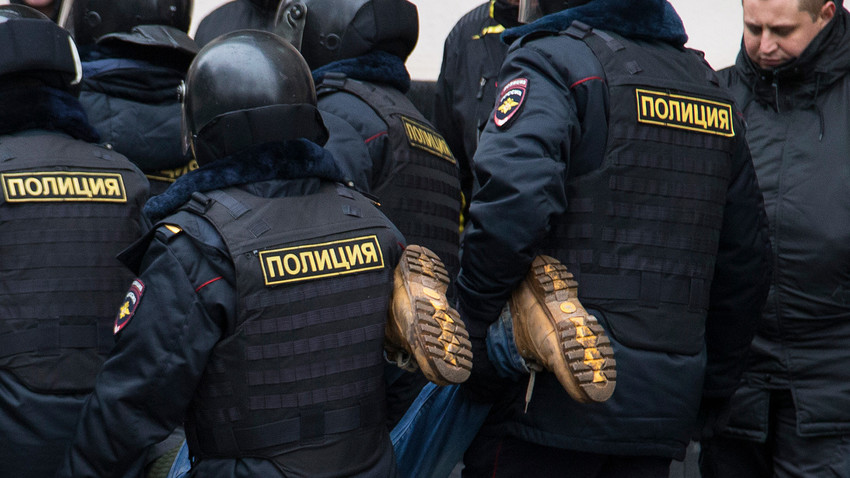The state can forcibly influence its citizens in order to force them to perform certain actions. Various measures of state coercion are used only if there are good reasons and grounds. They consist in the fact that law enforcement officers of the country apply certain actions in relation to any person. Such actions can be not only physical, but also moral. It is at the expense of them that the behavior optimal for the state by the population or individuals is ensured.
The concept
Measures of state law enforcement are violent impact on a person. They are represented not only by physical detention or arrest, but also by the impact on the will or consciousness of citizens. Under such conditions, citizens cannot freely express their will.
There are several types of coercion, and the main goal of each is to protect the rule of law and eliminate dangerous elements from society.
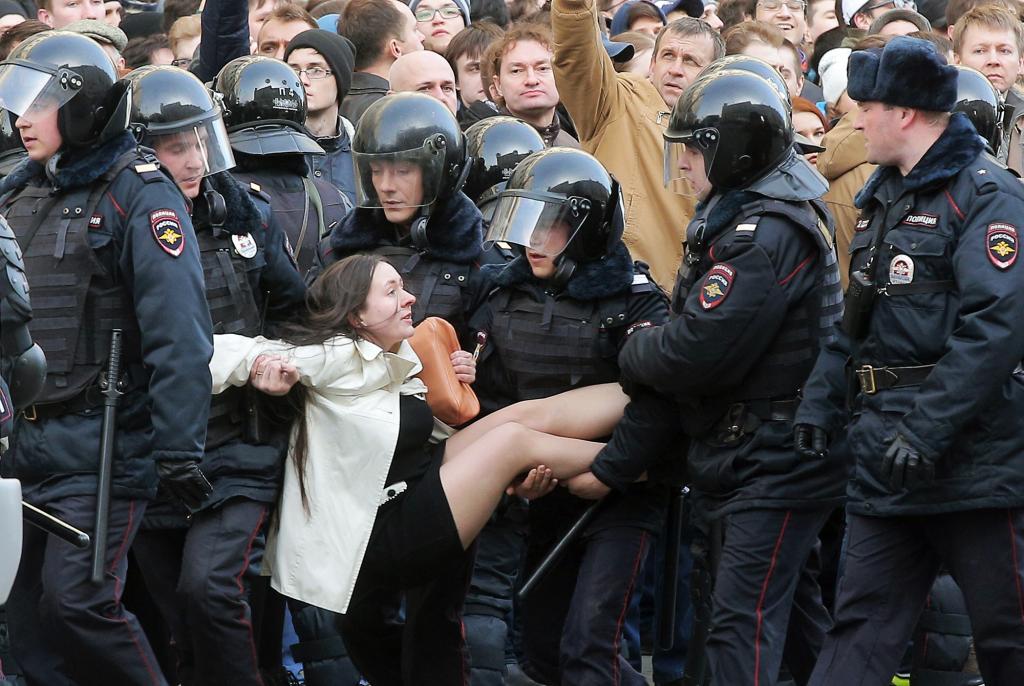
Types of coercion by nature
By nature, measures of state coercion can be:
- psychological, consisting in intimidation, moral pressure or working with a psychologist;
- property, suggesting that a person after committing any illegal actions may lose his property;
- physical, applicable only to criminals who do not want to voluntarily bear responsibility for their illegal actions;
- organizational, consisting in the refusal to hold illegal rallies or meetings.
All the above actions must be legal, for which the rights and freedoms that every Russian citizen has are taken into account. Additionally, these measures should be justified, justified, confirmed by official documents and appropriate. Civil servants, if possible, should abandon any harsh measures of influence.
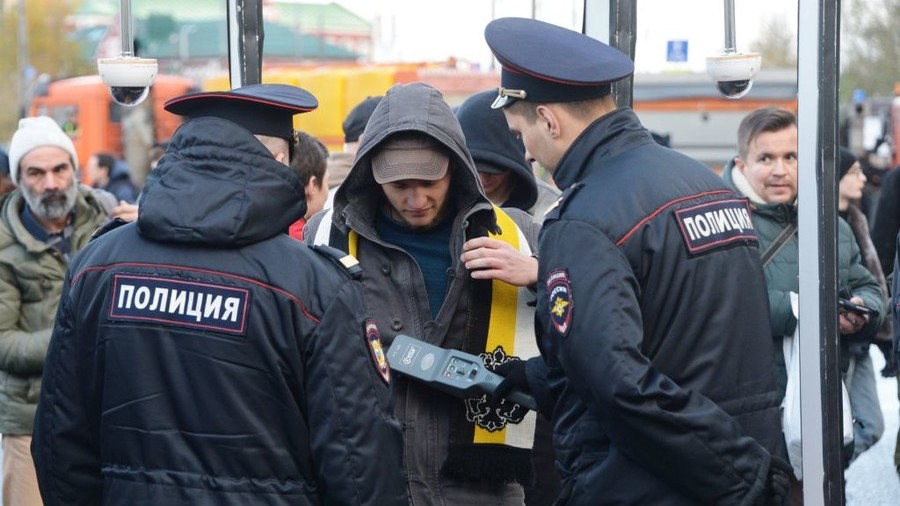
Principles
The application of measures of state coercion should be carried out taking into account some significant principles. These include the fact that only state representatives can apply such measures.
No discrimination shall be allowed against persons, and the presumption of innocence should also be used.
The state has a monopoly on the application of these measures
The use of these measures by other citizens is not allowed, as this is regarded as lynching or revenge. People cannot independently protect the rights of others, freedoms or interests. Especially if by the applied methods they violate the rights of another citizen.
An exception is the situation when the Government of the Russian Federation directly delegates powers to citizens to protect their lives, goods, health and property. This is usually done when martial law is introduced in a country or in other emergency situations.

All people are equal before the law and the court.
It is not allowed to use any discrimination during the application of preventive measures or other actions. The same events apply to people of different ages, citizenship, place of residence and status.
Discrimination based on nationality, gender, education, religion or political opinion is not permitted.
Presence of presumption of innocence in every person
A citizen cannot be recognized as a criminal until his guilt is officially proved.People should not independently prove their innocence or testify against themselves and relatives.
It is government bodies that must collect evidence supporting the guilt of a particular person. If any fatal doubts are identified, they should be used solely in favor of the accused.
The use of humanism in the application of coercive measures
Officials are not allowed to use cruelty, torture or corporal punishment. In addition, Russia has a moratorium on the death penalty. Therefore, employees of the police or other government agencies must act in such a way as not to cause any physical or moral harm to the citizen.
Representatives of law enforcement agencies must respect the person’s identity, and also can not use firearms for him without good reason.
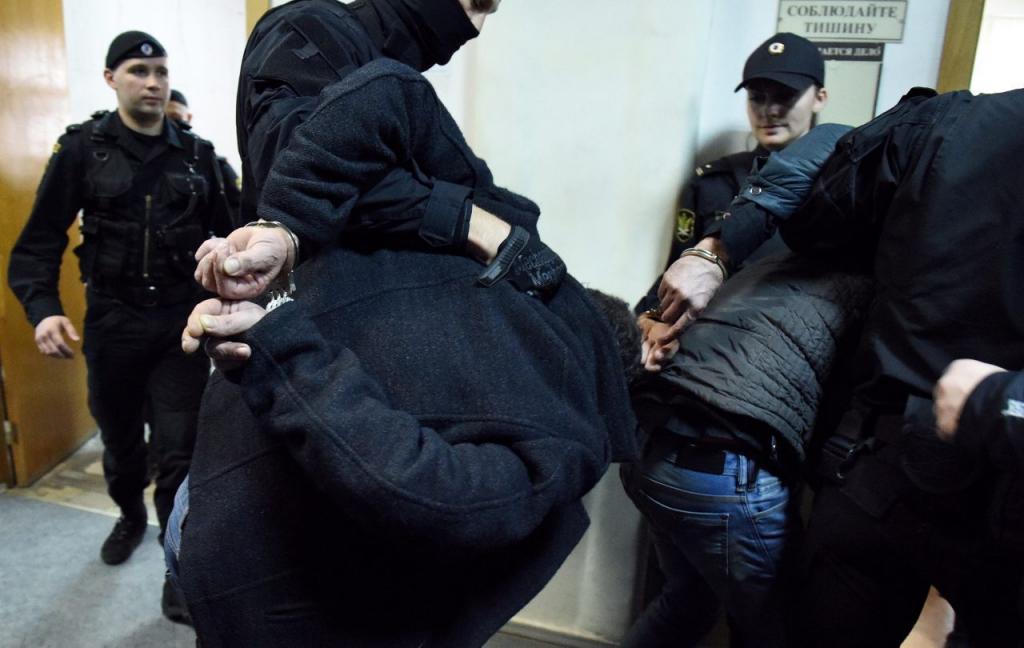
Singleness and proportionality of punishment
Applied measures of state coercion for the offense must be consistent with the gravity of the crime. For one violation, the punishment should be applied once. This takes into account the marital status of the person, the reasons for the misconduct and other circumstances.
People affected by government action may demand redress. They can count on certain support measures if they are accused illegally.
Types of coercion for enshrined in law
State coercion measures are used by representatives of law enforcement agencies, courts or other similar institutions. By law, such measures are:
- Legal. All actions taken are carried out within the framework of the law, therefore the rights and interests of citizens are not violated. All such events are easily controlled, fair and justified. Even they can be appealed by citizens in court.
- Wrong. They consist in arbitrariness, which is committed by representatives of state bodies. Through such unlawful acts, physical and mental suffering is inflicted on people. Such events are used in anti-democratic and totalitarian states. In Russia, officials are prosecuted for such actions.
In the Russian Federation, only legal measures of state coercion, represented by several types, can be used.
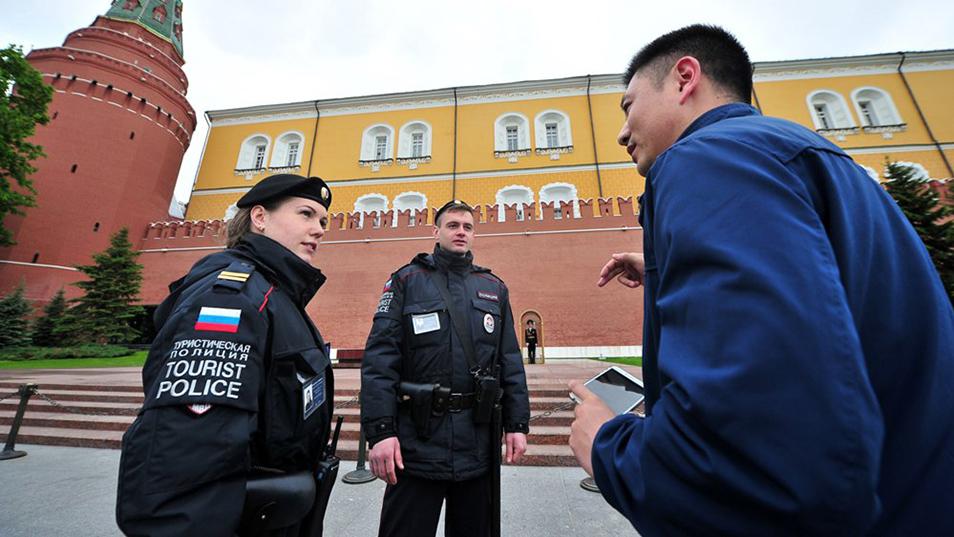
Security measures
They are used to prevent various crimes, as well as to prevent them. They are aimed at protecting against various actions or events that may threaten the public. These types of measures of state coercion can be presented in the following options:
- conducting audits or inspections;
- sending citizens to quarantine when detecting serious infectious diseases;
- inventory of various enterprises;
- verification of personal documents of citizens;
- administrative supervision applied to former prisoners;
- car stop to check drivers documents;
- inspection of people’s baggage when using aircraft or watercrafts;
- application of access control at different guarded facilities;
- conducting search or other operational activities.
When committing such actions, there is no threat to citizens or society as a whole. Security measures can be applied even to persons who have not committed any offense. Under such conditions, the freedoms of citizens are slightly limited, but at the same time, the life and health of the entire population are protected.
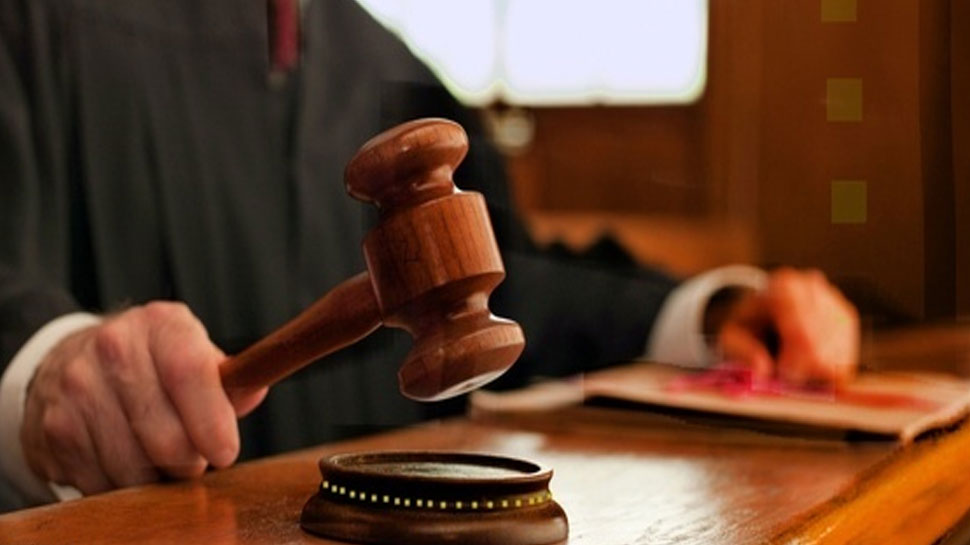
Preventive measure
They are intended to stop offenses or crimes, as well as other human behavior that in any way violates the safety of society. Such measures include various acts committed by law enforcement officials.Detention as a measure of state coercion allows to stop unlawful actions on the part of any person. Additionally, this includes holding a citizen accountable.
The basis for the use of preventive measures is the existence of a threat to society or individuals. To do this, it is important to have evidence of an offense.
The main types of such measures include:
- a ban on the movement of cars or the movement of pedestrians on any section of the road;
- cordon of land;
- physical impact;
- the use of various tools to combat crimes, for example, sticks made of rubber, handcuffs or tear gas;
- the use of firearms in case of emergency;
- detention of offenders;
- curfews;
- search of property or documents;
- conducting a medical examination;
- seizure of goods;
- suspension of operations on bank accounts;
- closing facilities;
- forced evacuation;
- seizure of real estate;
- closing borders;
- ban on the use of different objects.
Separate measures of state coercion can be applied together in certain situations.
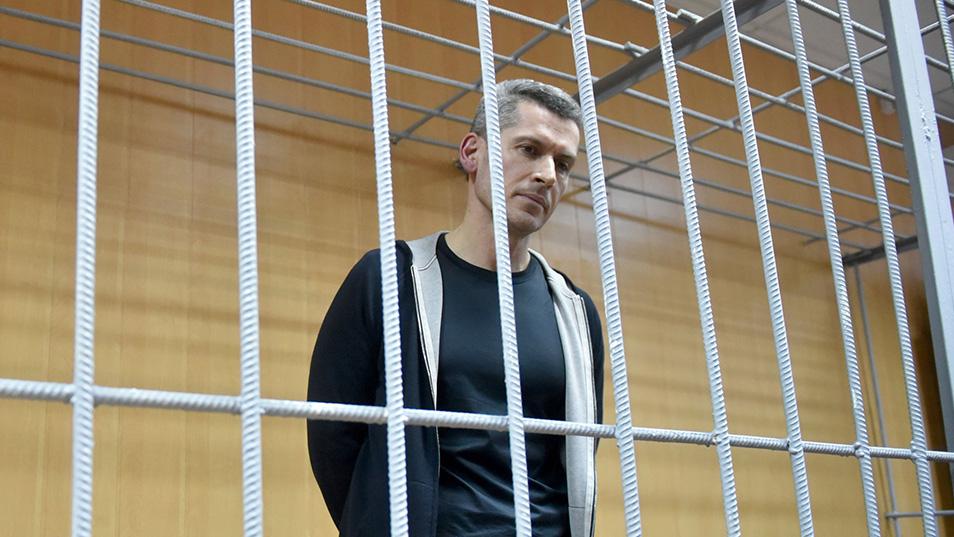
Liability measures
They are presented in the application of any sanctions to citizens, and their main goal is the punishment of offenders or criminals. With these measures, future violations by citizens can be prevented.
Responsibility may be administrative, civil, criminal or disciplinary. The specific liability is selected depending on whether misconduct, crime or offense is detected. Therefore, the following measures are highlighted:
- criminal sanctions are represented by heavy fines, imprisonment, compulsory corrective labor, restriction on occupation of high posts, confiscation of property or deprivation of high ranks and awards;
- administrative responsibility consists in the use of fines and warnings, confiscation of property, administrative arrest, deportation and deprivation of the right to occupy any position;
- civil penalties are forfeits, fines, penalties or interest;
- when disciplinary measures are used, reprimand, reprimand or dismissal are applied.
The most serious penalties are imposed solely by the court, so a trial is required.
Recovery measures
They are required to eliminate the harm done. Usually they are presented by a list of compensation for harm. They can be used both separately and with other types of punishments.
Typically, recovery measures consist of compensation for non-pecuniary damage, forfeit, or alimony. They may be represented by the expulsion of persons illegally occupying real estate, the recognition of a transaction as invalid or the repeal of legal acts.
Conclusion
There are several measures of state coercion. The punishment chosen for each offender or criminal depends on what kind of actions were committed. State authorities should take into account some principles that allow taking into account the rights and interests of each person.
In Russia, only legal measures of coercion are applied. Therefore, if officials for various reasons exceed their powers, apply physical punishment to suspects or humiliate them morally, then they themselves will be prosecuted.
